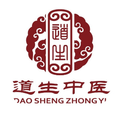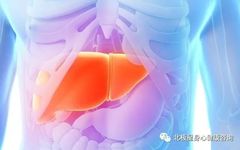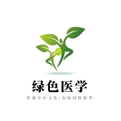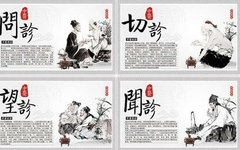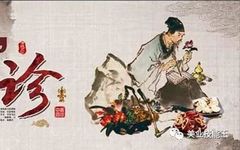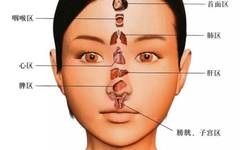Traditional Chinese Medicine: The Relationship Between the Five Organs and Six Bowels
The Relationship Between the Five Organs and Six Bowels What knowledge does Traditional Chinese Medicine (TCM) offer for health preservation? TCM has a long history in our country, and Chinese herbal medicine is a pathway for health preservation. Below, I will share insights on the five organs and six bowels and their interrelationships, which health … Read more


